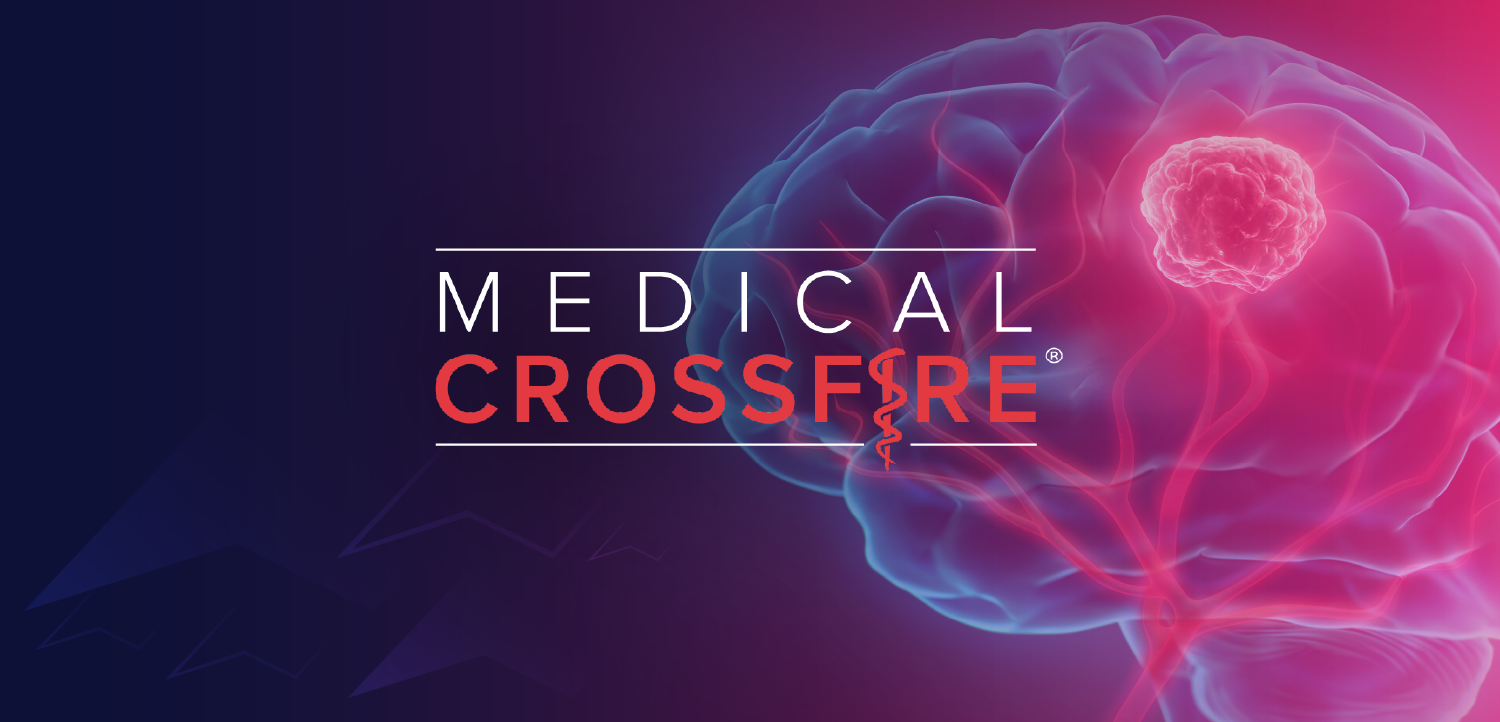
OnabotulinumtoxinA Seeking Indications for Upper, Lower Limb Spasticity
With a pair of sBLAs under FDA review, the Allergan treatment may finally have an official indication for use in spasticity after years of off-label use by physicians.
Heakyung Kim, MD
The FDA recently accepted supplemental Biologics License Applications (sBLAs) for Allergan’s onabotulinumtoxinA (Botox) formulation for the treatment of upper and lower limb spasticity in pediatric patients aged 2 years and older, bringing the treatment one step closer to becoming a useful tool in the symptomatic treatment of a number of conditions.
Heakyung Kim, MD, the A. David Gurewitsch Professor of Rehabilitation and Regenerative Medicine and Professor of Pediatrics at the Columbia University Medical Center, has years of clinical experience treating patients with a number of conditions who experience spasticity. As data for onabotulinumtoxinA from 4 phase 3 studies—one in upper limb and one in lower limb compared to placebo (upper, NCT01603602; lower, NCT01603641), and one each in open-label fashion (upper, NCT01603615; lower, NCT01603641)—in more than 600 pediatric patients with spasticity is available, Kim and her peers have been able to see the potential for this treatment for some time.
To find out more about the use of onabotulinumtoxinA in spasticity and what the future may hold if it is approved, NeurologyLive® spoke with Kim in an interview.
NeurologyLive®: What challenges does spasticity present in pediatric patients?
Heakyung Kim, MD: Pediatric spasticity requires special attention when compared with adult spasticity due to the continuous growth in children. The rate of bone and muscle growth should be even, however spastic muscles are unable to maintain the same pace of growth as bone. This results in increased spasticity and if left untreated, can lead to the development of contractures, impaired function, and pain. It is critical to have adequate spasticity management beginning at a young age and done on a regular basis to allow for more equalized bone and muscle growth until growth is fully completed. Ongoing spasticity management in pediatrics is important in order to prevent or delay other complications such as joint contractures, pain from hip subluxation or dislocation, and joint deformities with the goal to delay or decrease the number of orthopedic surgeries required.
In which disease states can onabotulinumtoxinA mitigate spasticity?
OnabotulinumtoxinA injections are effective at treating spasticity caused by central nervous system disorders, including cerebral palsy, traumatic brain injury, brain infection (encephalitis), spinal cord injury, spina bifida, et cetera.
What do physicians need to know about onabotulinumtoxinA’s use for this indication?
Physicians have been using onabotulinumtoxinA to successfully treat spasticity for more than 25 years. OnabotulinumtoxinA has been demonstrated to be safe to use in the pediatric population and has a high profile of efficacy. Treatments are minimally invasive, and the dosing of the medication is easy to understand. If spasticity management with onabotulinumtoxinA is started at an early age and conducted regularly, we can prevent unnecessary complications and promote improved function throughout growth. If intervention is begun later in life and injections are not done on a regular basis, we may see a decrease in efficacy of onabotulinumtoxinA injections due to a higher likelihood of pre-existing bony deformities or joint contractures that may eventually require orthopedic surgery.
Is there anything that makes this product unique to others in the space or in development?
Clinicians in the United States are very familiar with onabotulinumtoxinA as this has been the most frequently used toxin for the pediatric population in this country. Through their years of experience with onabotulinumtoxinA, clinicians are confident in its efficacy and safety and are well-versed in the dosing and preparation of this medication.
What has the data supporting onabotulinumtoxinA shown thus far?
Many of previous studies showed that onabotulinumtoxinA improved gait and hand function, decrease spasticity, improved pain, patient care and hygiene. Multi-center trials on pediatric spasticity with onabotulinumtoxinA showed that this medication is significantly effective in management of spasticity in pediatric patients and did not show significant adverse effects.
REFERENCE
FDA Accepts Supplemental Biologics License Applications (sBLAs) for BOTOX® (onabotulinumtoxinA) for Pediatric Patients with Upper and Lower Limb Spasticity [press release]. Dublin, Ireland: Allergan; Published March 7, 2019. prnewswire.com/news-releases/fda-accepts-supplemental-biologics-license-applications-sblas-for-botox-onabotulinumtoxina-for-pediatric-patients-with-upper-and-lower-limb-spasticity-300807192.html. Accessed March 7, 2019.
Newsletter
Keep your finger on the pulse of neurology—subscribe to NeurologyLive for expert interviews, new data, and breakthrough treatment updates.








































